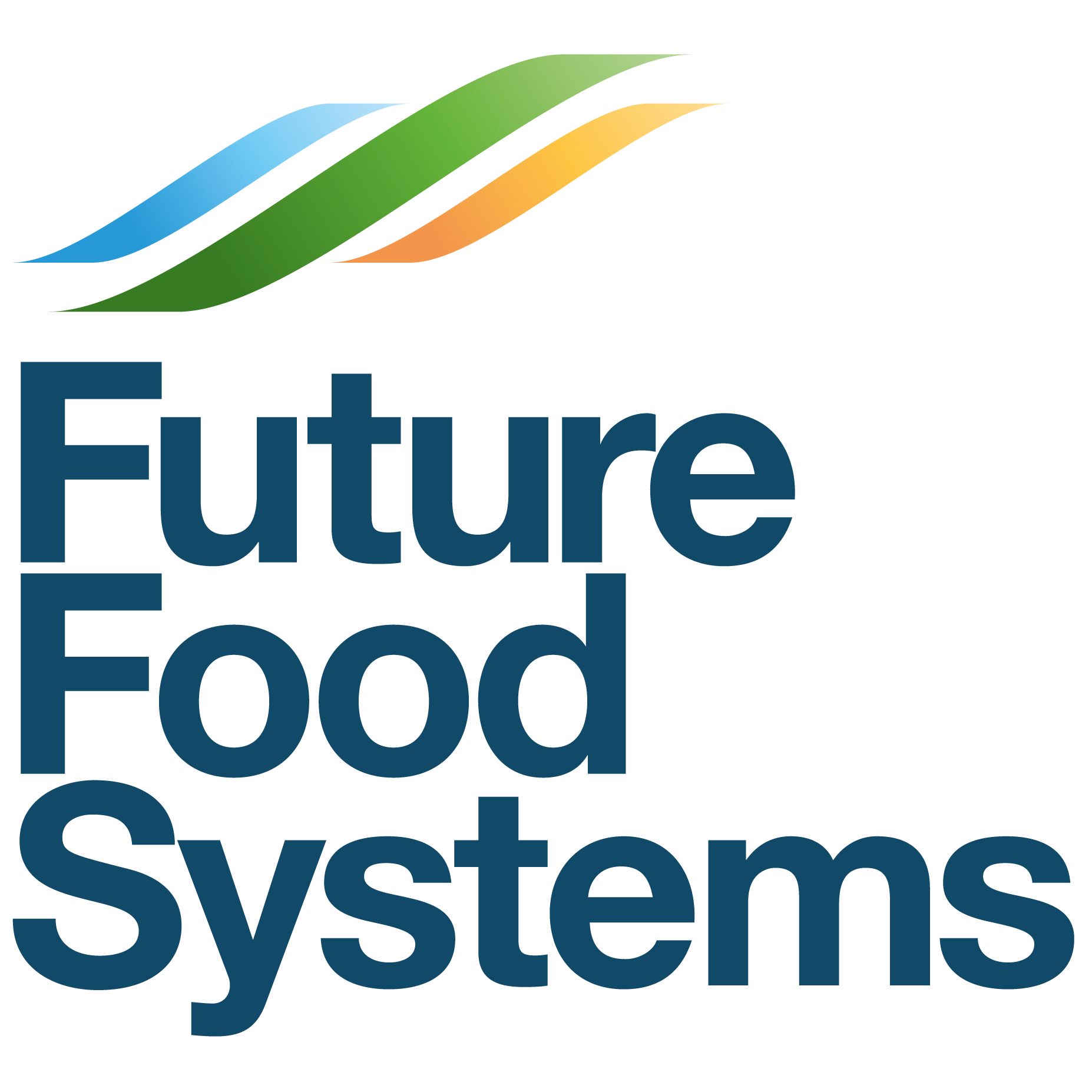| Resource | |
|---|---|
| Compiled by the AAEP, with funding from the NSW Office of Environment and Heritage, this 2017 report investigates factors that must be taken into account in any effort to improve cold-chain management in Australia, and explores the deployment of sensor technology, data monitoring and IoT to provide better identification of temperature control issues along the supply chain from packing room to retail shelf – particularly for temperature-sensitive, perishable and high-value goods. Issues of shelf life, spoilage and safety are key concerns. Potential savings are significant. Technology will enable end-to-end traceability and eventually, tools like disposable sensors embedded in product packaging yielding real-time end-to-end temperature readings. | https://www.airah.org.au/Content_Files/Industryresearch/05-17-A2EP_Cold_Chain_Report.pdf |
| A guide to the trends that will shape retail and the fast-moving consumer goods sector – including food and beverage products and health supplements – in 2022, compiled by Inside FMCG and predictive analytics company IRI. | https://insidefmcg.com.au/wp-content/uploads/2022/01/inside-fmcg-iri-2022-outlook.pdf |
| The Australian agrifood sector’s willingness to innovate and add-value are key ingredients for success, as exemplified by the 50 innovations profiled in the 2021 edition of FIAL's annual Australian Food and Agribusiness Innovations compendium. | |
| Hear BeefLedger Chair Warwick Powell discuss the ‘Smart trade’ team’s blockchain-backed digital platform and its potential to streamline cross-border trade. | https://www.futurefoodsystems.com.au/resource/general-purpose-digital-infrastructure-enabling-cross-border-trade-adj-prof-warwick-powell |
| Industry Guest Lecture (Kairu Qu from COFCO NHRI) | https://vimeo.com/642195849/87bbeabbd9 |
| A two-minute introduction to distributed ledger technology. | https://www.youtube.com/watch?v=6WG7D47tGb0 |
| Compiled by the AAEP, with funding from the NSW Office of Environment and Heritage, this 2017 report investigates factors that must be taken into account in any effort to improve cold-chain management in Australia, and explores the deployment of sensor technology, data monitoring and IoT to provide better identification of temperature control issues along the supply chain from packing room to retail shelf – particularly for temperature-sensitive, perishable and high-value goods. Issues of shelf life, spoilage and safety are key concerns. Potential savings are significant. Technology will enable end-to-end traceability and eventually, tools like disposable sensors embedded in product packaging yielding real-time end-to-end temperature readings. | https://www.airah.org.au/Content_Files/Industryresearch/05-17-A2EP_Cold_Chain_Report.pdf |
| In recent decades, Australia’s exports have been driven by growth in demand from East Asia, particularly China, which has contributed significantly to our national prosperity. However, concentration of Australia’s export markets may reduce our economic resilience and could expose us to political and security risks. While Australia has capitalised on its natural advantages to grow its exports, particularly in the resources and agricultural sectors, a low level of economic diversity in Australia’s exports may create longer-term challenges for economic growth. This report explores export diversity and makes recommendations to government as to how this can be encouraged. | https://parlinfo.aph.gov.au/parlInfo/download/committees/reportjnt/024519/toc_pdf/Pivot.pdf;fileType=application%2Fpdf |
| Although currently not commercially available, Australian native rice has potential as a high-nutrient, culturally identified food. | https://www.cdu.edu.au/riel/research/australian-native-rice-commercialisation |
| Agricultural investment opportunities in the Namoi, NSW’s Northern Inland region, abound, thanks to the reliable volume of premium-quality agricultural output available. This provides the scale and continuity of throughput needed to support further processing and value-adding activity. This, in turn, ensures that a larger proportion of economic growth from agriculture can be retained in the region. | https://www.futurefoodsystems.com.au/wp-content/uploads/2021/04/RDA-investment-prospectus-updated-web-version220517.pdf |
| An array of useful information for growers from the peak industry body for Australia’s horticulture sector, an estimated 30 per cent of which consists of low-, medium- and high-tech commercial protected-cropping operations that range from major growers to boutique operations located across all states and territories. PC operators grow a broad variety of fruits and vegetables including blueberries, strawberries, rubus (raspberries, blackberries), tomatoes, melons, cucumbers, capsicum, salad (including Asian) greens, herbs, chillies, eggplant and more. | https://www.horticulture.com.au/growers/help-your-business-grow/research-reports-publications-fact-sheets-and-more/ |
| Information on the four subsectors listed above are available to download free of charge as four separate pdf documents. | https://www.horticulture.com.au/growers/help-your-business-grow/research-reports-publications-fact-sheets-and-more/grower-resources/ha18002-assets/australian-horticulture-statistics-handbook/?__FormGuid=a2cd5e51-ecbe-4c53-ae51-a870fc5dfc75&__FormLanguage=en&__FormSubmissionId=d908e1b3-b47f-4ce8-8721-ed61872620d9 |
| In this recent report, McKinsey & Co. survey future opportunities and likely market share for the array of alternative proteins on the market and in development. | https://www.mckinsey.com/industries/agriculture/our-insights/alternative-proteins-the-race-for-market-share-is-on |
| FIAL's SCP roadmap details the inputs and outputs needed to achieve its vision for Australia's food and agribusiness sector. | https://workdrive.zohopublic.com.au/file/qx576aa074c29082145fbbb013d4ca0cbd906 |
| This ABARES Insights 'snapshot' examines the position Australia occupies in global food and agriculture value chains. | https://www.agriculture.gov.au/sites/default/files/abares/documents/AustraliaPlaceInGlobalAgriculture_v1.0.0.pdf |
| AgFunder's inaugural ASEAN agrifood-tech start-up investment report looks at the categories and investors driving this nascent industry across South-East Asia. | https://agfunder.com/research/asean-2020-agrifoodtech-investment-report |
| The Australian Food and Grocery Council (AFGC) compiled this report using ABS statistics to give a snapshot of the industry and its key drivers. | https://www.futurefoodsystems.com.au/wp-content/uploads/2020/12/AFGC-SOI-2019-FINAL-1.pdf |
| This report from the Australian Food and Grocery Council and KPMG looks at six key issues and challenges with regard to managing data in complex retail supply chains. Compiled pre-pandemic, it's equally apt today. | https://www.futurefoodsystems.com.au/wp-content/uploads/2020/12/FMCG-and-Retail-Value-Report.pdf |
| US academic and thought leader Michael E Porter's model explaining why particular industries in particular nations or localities become stars on the global stage. | https://www.futurefoodsystems.com.au/michael-porters-diamond-model-how-national-industries-get-the-edge-globally/ |
| CSIRO's roadmap, detailing the way forward for Australia's food and agribusiness sector if it is to realise its full potential and identifying five key 'growth enablers'. | https://www.csiro.au/en/Do-business/Futures/Reports/Ag-and-Food/Food-and-Agribusiness-Roadmap |
| FIAL's Overview of 16 Opportunities for Australian Food & Agribusinesses | https://workdrive.zohopublic.com.au/file/qx576efd5c081863f404dabcd888b8f5e8121 |
